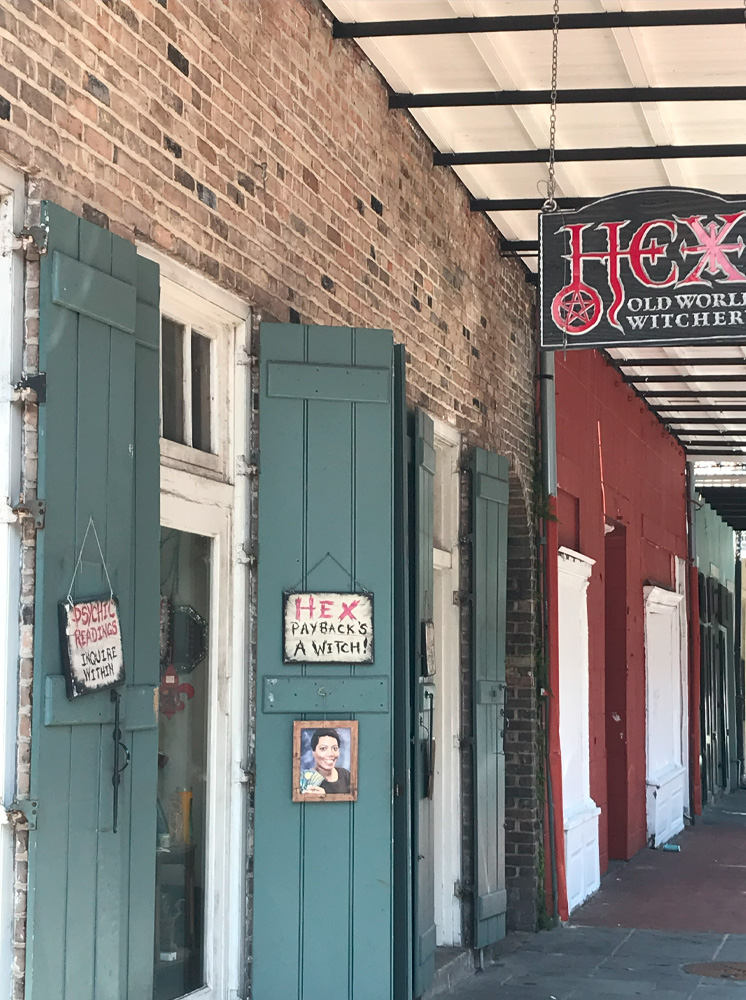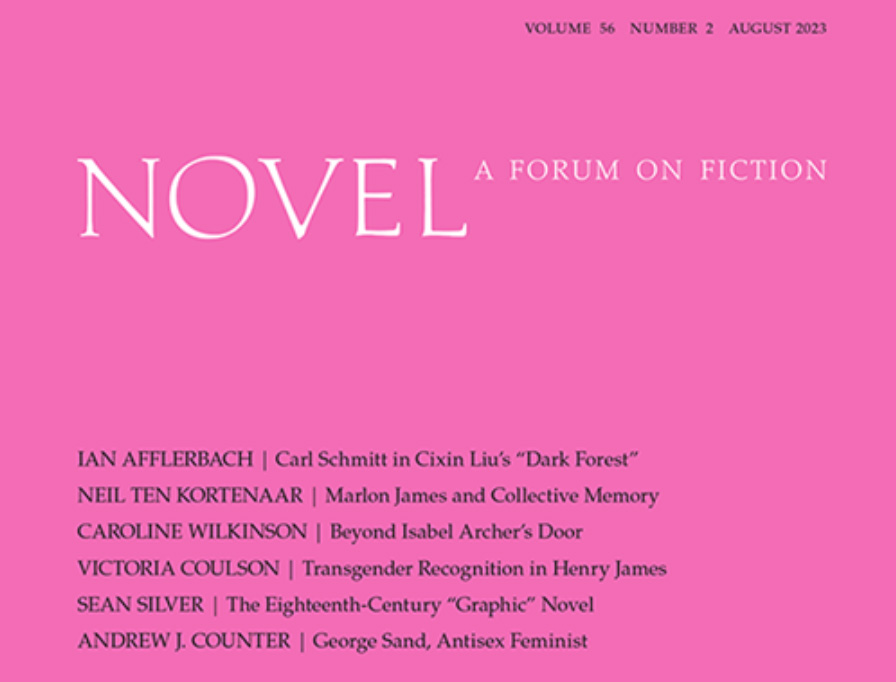Recent reviews of Alison Light’s Mrs. Woolf and the Servants reveal a similar slant. This bias is a subtle turning away – momentary and understandable – from the hardships of the servants whom Light profiles. With unflinching care, Light looks at the women who worked for Virginia Woolf as domestics. The result is a profound, fascinating biography and one of the best books I have read in recent years.
Light takes us from Woolf’s Victorian childhood to her death in 1941. During these years in England, housework drastically changed because of the increased use of indoor plumbing and improvements in stoves. Early on in Virginia Woolf’s life, the servants around her not only lit and stoked fires but hauled water, both boiled and cold, up several flights of stairs. On their way down, they brought chamber pots to be “scoured in the ‘slop-room’ where the row of brass cans stood.” The work was filthy and hard – the water buckets each weighed around thirty pounds – and the labor denigrated by the upper classes.
Publicly Virginia Woolf spoke of women with sympathy, but privately she wrote about her female servants with viciousness. She once remarked in her journals: “The poor have no chance; no manners of self-control to protect themselves with; we have a monopoly of all of the generous feelings.” The comment was inspired by a request for a raise from her longtime servant, Lottie Hope, whom Woolf admitted “work[ed] like a horse.” The wages Woolf paid were often low.
Light presents Woolf’s classism matter-of-factly. I disagree with Claire Messud, who says in her review in The New York Times that Light is “surprisingly waspish about Virginia’s blindness to her snobberies.” It is Woolf’s own waspishness that delivers the shock. Light ends up creating a deeply sympathetic portrait of the author by showing Woolf’s real need for care. Messud goes on to note this sympathy, saying that Light is “quick to acknowledge, too, the mutual dependence of mistress and servant.”
This phrase about dependence recalls a line from Light’s book. About Woolf and her servant of eighteen years Nellie Boxall, Light writes: “This was a story of mutual — and unequal — dependence.” And indeed the dependence was lopsided. Woolf got more from Boxall than she returned in pay, and the two fought frequently. While these emotionally charged conflicts never put Woolf in danger of losing her home, they did for Boxall since she lived with her employer.
Boxall did have certain advantages working for the unconventional writer. She didn’t have to wear a uniform or address her employer as “ma’am.” Woolf clearly saw the benefits her servants enjoyed. In her essay “Character in Fiction,” she famously described the modern servant as being relatively free. She asserted that while the “Victorian cook lived like a leviathan in the lower depths,” the “Georgian cook” was “a creature of sunshine and fresh air; in and out of the drawing-room, now to borrow the Daily Herald, now to ask advice about a hat.”
Light quotes this passage, and so does Mona Simpson in her review of Light’s book for The Atlantic. About Nellie, Simpson wisely adds: “Part of the difficulty of the job must have been the emotional component that required her to act the part of an equal – a daughter or a friend – while bringing Woolf food on a tray and washing her chemises.”
Mona Simpson also empathizes with Woolf at other points in her review, which isn’t difficult; Light shows a deep understanding not only of Woolf’s psychology but her circumstances. She for instance talks about how the Woolfs were not rich when they married: “Nothing in those early years was secure, except for [Virginia’s] private income, and even that must stretch to cover two.”
Simpson brings up this financial insecurity while discussing the couple’s stance on plumbing. For years, the Woolfs refused to install flush toilets, a decision that certainly had to do with money, although in the case of Virginia’s father, Leslie Stephen, who came to the same decision, the choice was also a “moral” one: he found indoor plumbing “mildly corrupting.” About his and his daughter’s idea to go with chamber pots, Simpson remarks: “This must have been exceedingly frustrating for the servants, to whom the Stephens and the Woolfs seemed rich. Why wouldn’t these people pay for the new, sanitary plumbing?”
Ultimately Mona Simpson’s sympathy for the Woolfs in this instance is misplaced since, as Light explains, it wasn’t solely the couple’s refusal to update the WCs that caused problems with the servants. It was their frugality with plumbing coupled with their generosity about having houseguests. The guests needed meals, which they, in turn, transformed into material for the chamber pots, a kind of bookkeeping of the body that the servants understood all too well. They had to stand up to the Woolfs to get another worker brought into Asheham House, the couple’s home in Sussex. In the end, they prevailed, and someone was hired to help with “emptying the chamber-pots (at the most sociable times at Asheham the volume of such work makes one shudder).”
It is hard not to look away from these servants’ lives as these reviewers do at moments. With Messud, this shift comes with a subtle change of words, a loss of the idea of inequality in the discussion of “mutual dependence.” With Simpson, it entails a brief looking away from scatological details — an understandable reaction. The servants’ work, both its volume and quality, truly “makes one shudder.” If Light were to focus solely on this domestic work, the book would be almost impossible to read. She, however, also looks at Woolf’s struggle to reconcile her concept of personal freedom with her dependency on servants. The resulting analysis is riveting; most reviews have discussed it. But there is another equally absorbing element that has gone unexamined in the reviews I have seen: Light’s analysis of how the servants coped.
And here Light looks at laughter. The servants of Bloomsbury, when interviewed for the B.B.C. in the 1950s, laughed frequently while recounting life with the Woolfs. Nellie Boxall and Lottie Hope shaped an account of the home that at times turned farcical. Lottie, describing mornings with the couple, spoke of having “to clean while Mr Woolf took his bath behind a curtain, then breakfasted, and the same performance all over again while Mrs Woolf took hers.” Nellie then interjected, “Yes, it was bread one end and bath the other!” And both of them laughed. In the final broadcast, though, both the laugher and the comments were edited down, causing Light to speculate: “Too much like saying, perhaps, that the Emperor had no clothes.”
Light, looking at the Emperor, creates a profound portrait of disparate lives: Virginia Woolf’s, Nettie Boxall’s, Lottie Hope’s. Some readers may flinch at the hardship behind the servants’ humor; others may not want to hear the laughter itself, even though Light describes it with complex beauty. About another servant, Happy Sturgeon, who also laughed during her interview, Light writes: “Her laugher was…that of a survivor. A defense against the painful feelings these memories might stir…She laughed with relief, but anyone who wanted to understand what it was like to be in service might listen to the laughter as much as words.” Happy’s pain was as hard as her humor. At the end of her life, she and her husband, also born into poverty, found some justice too. As Happy explained: “We’ve got all the material things we want, and we’ve got family – ’cause he had the same sort of experience – poor little boy on the farm – ‘open that gate, boy, or you get the riding crop across your shoulders’, you know – [she laughs].”
5.17.2009

